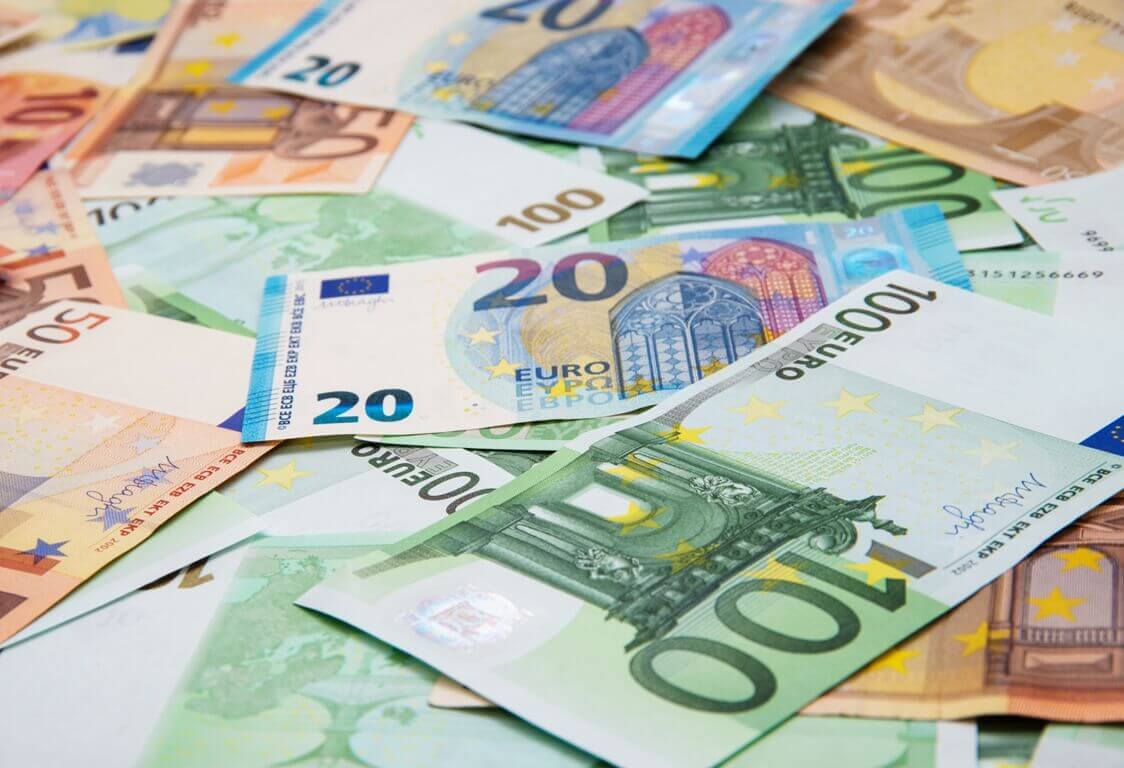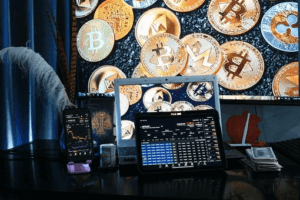The Euro and British Pound rallied on Thursday. Investors are waiting for the ECB and Bank of England monetary policy meetings. Meanwhile, the U.S. Federal Reserve has already unveiled its tightening plans. Traders will know the outcome of the European Central Bank meeting at 1245 GMT and the Bank of England’s at 1200 GMT.
On Thursday, the U.S. dollar tumbled down by 0.2% to 96.165 against a basket of six currencies. Before that, the currency had skyrocketed to a three-week high during the previous session. The Fed officials announced that the agency would end its pandemic-era bond-buying in March, paving the way for an expected three interest rate hikes in 2022.
Moritz Paysen, the F.X. trader at Berenberg, noted that the Fed is waiting in the wings. Currently, it’s more interesting what the European central bank will say today. Traders are not expecting much today. However, any sign that would even hint at monetary tightening will likely provide a significant tailwind for the common currency.
Many countries imposed new restrictions to fight the Omicron coronavirus variant. As a result, euro zone business growth has slowed considerably this month. According to the latest survey, the pandemic is once more curtailing the recovery in the bloc’s dominant services industry.
While market players don’t expect any change in rates in the eurozone, there is still a small chance that the U.K. central bank will raise interest rates slightly. Thus far, Forex market expectations about whether the BoE will increase rates have swung back and forth, with inflation soaring to a more than 10-year high of 5.1%. In addition, Britain recorded its highest daily tally of Covid-19 cases since the start of the pandemic on Wednesday, which also hasn’t helped matters.
How much did the Sterling gain on Thursday?
The British Pound surged forward by 0.2% during this session against the dollar, trading at $1.3295 at last. The euro also jumped 0.2% higher versus the U.S. currency at $1.13150.
On the other hand, the Swiss franc remained mostly firm versus the common currency at 1.0442. The Swiss National Bank kept its key interest rate unchanged even though inflation was soaring in the country. The franc is currently trading at its highest level since July 2015.
Moreover, the Norwegian crown rallied by 0.35% against the dollar to 8.94 on Thursday. Norges Bank met investors’ expectations, raising its benchmark interest rate. It also announced that more hikes would likely follow next year despite the spread of the new Omicron variant. According to ING analysts, there is considerable upside room for the Norwegian currency. It also has support from surging natural gas prices.
Against the dollar, the Swedish crown climbed up by 0.45%, exchanging hands at 9.06 after data showed unemployment in the country dropped to 7.5% in November. On the other hand, the Australian dollar gained 0.2% against the greenback. It traded at $0.7175 after strong job data boosted the currency.
What about the E.M. currencies?
Indonesia’s rupiah plummeted down along with the stocks on Thursday after the country identified its first case of the Omicron Covid-19 variant. Thus far, the country’s central bank is holding interest rates steady, though.
Meanwhile, other Asian stock indexes rallied after the Fed had made positive comments about the world’s largest economy.
Bank Indonesia kept the benchmark rate at a record low of 3.50% at its monthly policy meeting. The bank also cited a low inflation outlook and the need to keep its currency stable. Its monetary policy will be pro-stability in 2022.
The rupiah declined by 0.2% on Thursday, while shares tumbled down by 0.7% after the officials stated that there were five more suspected Omicron variant cases.
Furthermore, the Turkish lira plunged to record lows on Thursday. The central bank cut rates as traders expected, causing the currency’s fall. Overall, the lira lost more than 5% today, crossing 15 to the greenback. The bank cut rates by 100 basis points (bps) to 14%, but it also signaled that it would pause its easing cycle.
Most EM market’s central banks have been raising interest rates to fight soaring inflation this year. Investors are expecting Mexico to raise rates later in the day, following rate increases in Chile and Hungary this week.
The Russian rouble remained flat against the greenback. The market players think that the Russian central bank will likely hike rates by at least 100 bps on Friday.










